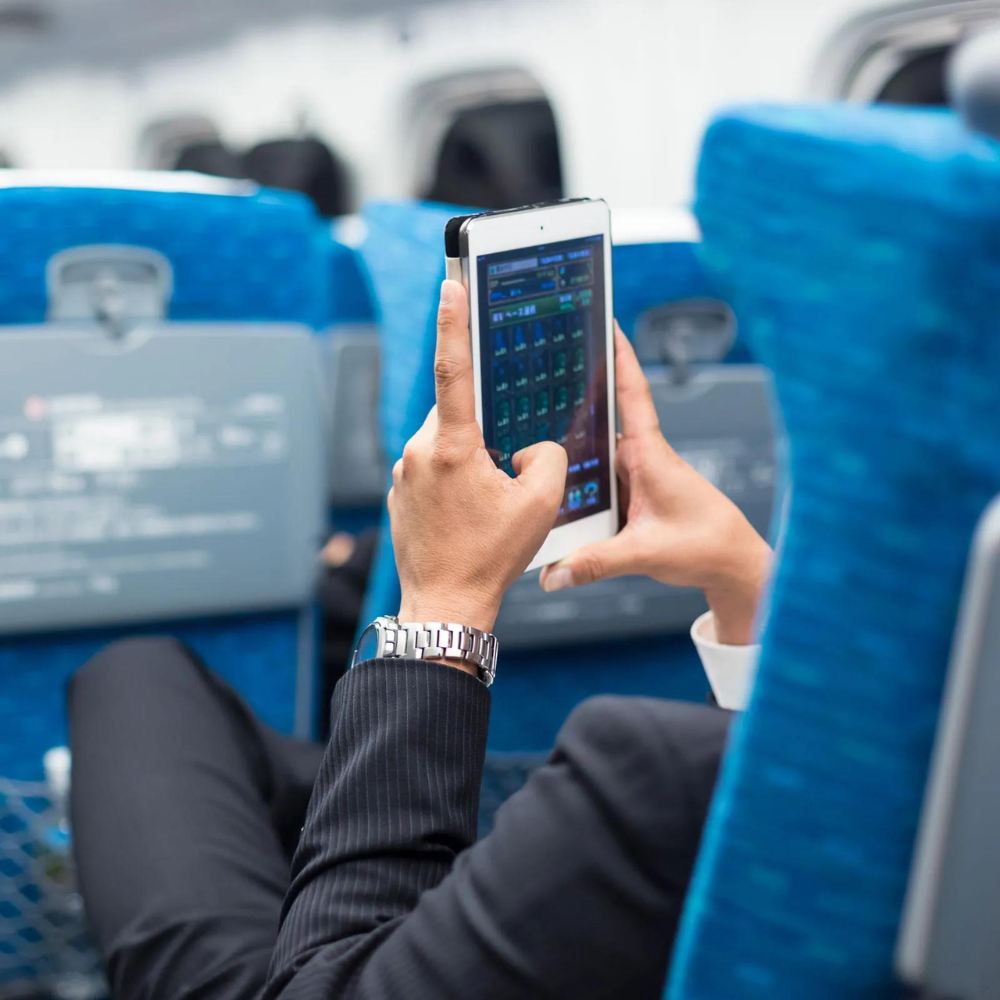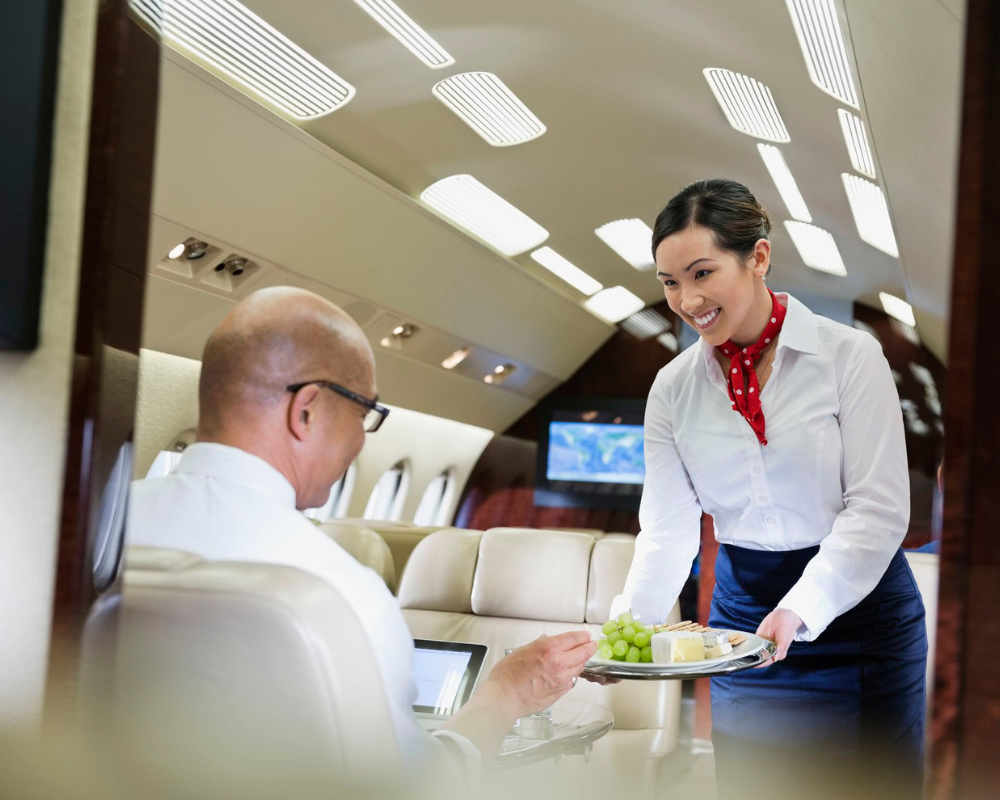
You know the protocol once you board an airplane. Stow away your luggage, put on your seatbelt, and turn your phone to airplane mode. The last part often makes people curious, why is that necessary? Although people think that this is done to prevent your device signals from interfering with the equipment in the plane, it seems that that isn’t quite true. Shocked? Well, let’s unfold this truth.
The Reason
The reality behind the feature of airplane mode is that airlines are still operating on radio systems for communication that they were using in the 1920s. Therefore, the signals from your mobile can actually create problems with the networks on the ground. In fact, this problem has only taken up a bigger space ever since 5G came into play. Why? Because this technology has the same bandwidth as the reserved aviation bandwidth spectrum. To avoid that, airlines ask their passengers to do what’s needed.
For the Best Service

In addition to what you just learned, there is one more reason — it lets the aircrew do their job with ease and fast. Imagine if you would have to serve more than 200 passengers and almost every one of them was using their phone. This is where airplane mode comes in as a savior and helps the onboard crew provide you with their best service.
Wrapping Up
For decades, travelers followed the no phone network policy while taking a flight because they thought they had a reason. However, according to the study results organized by the US Federal Aviation Authority in 1992, this has nothing to do with the plane equipment. This precaution is taken to avoid ground network inference and for the ease of staff members. This does not mean that the next time you board a flight, you shouldn’t turn on airplane mode. Now you know the real explanation behind it.